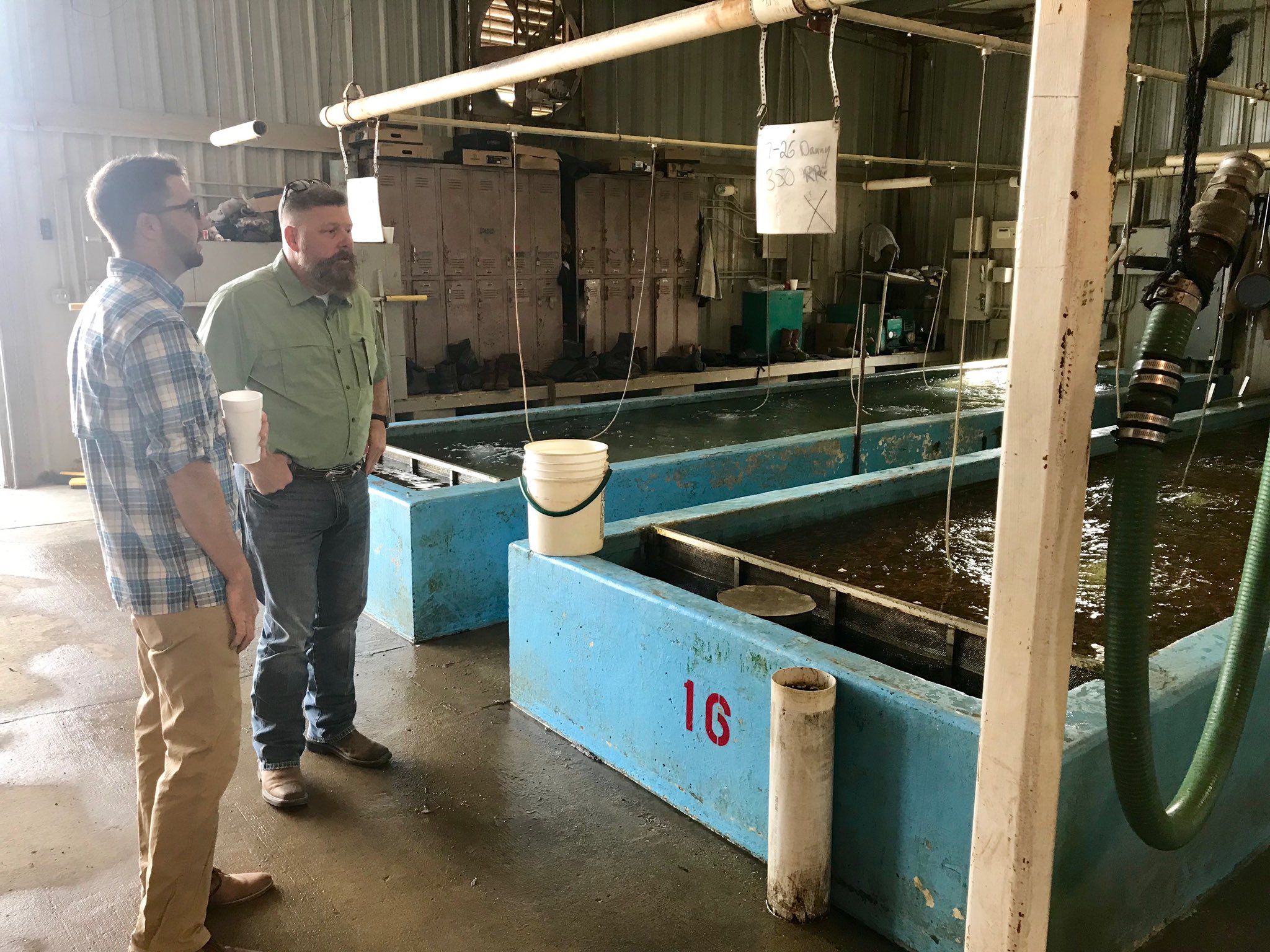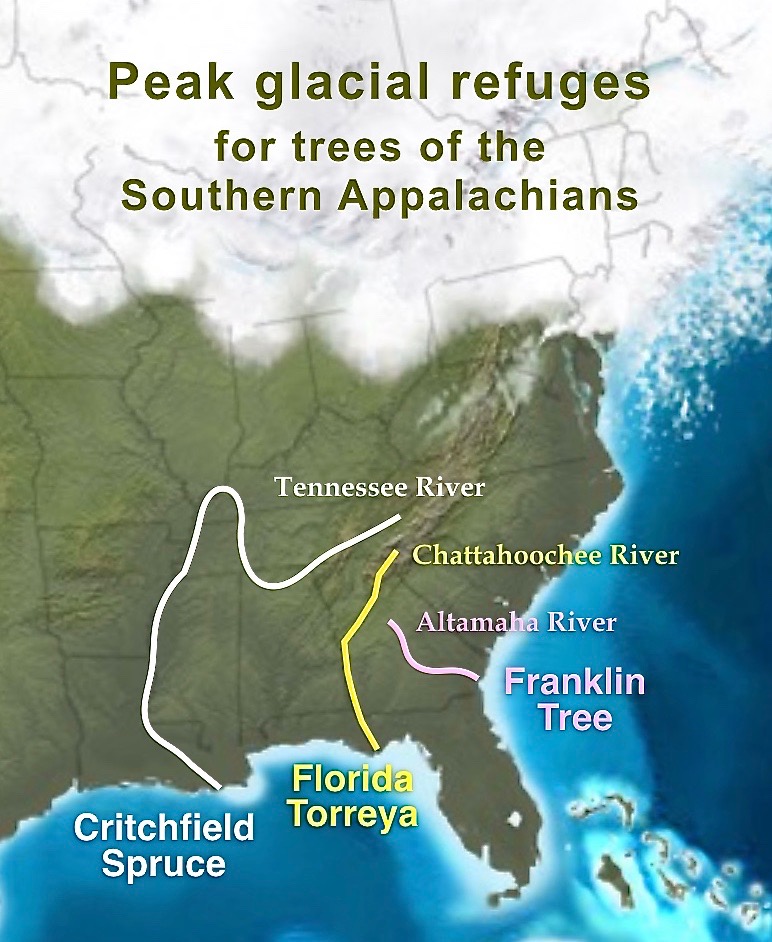|
Opsariichthys Pachycephalus
''Opsariichthys pachycephalus'' is a species of ray-finned fish in the genus ''Opsariichthys'' endemic to Taiwan. It is one of the most common minnows of Taiwan, found in the entire western part of the island from sea level to 1200 m elevation. It is a small species reaching a maximum length of Fish measurement, TL. Colonization history ''Opsariichthys pachycephalus'' populations show strong genetic structuring between drainages and weak genetic structuring within drainages. It is suggested that the current population structuring reflects colonization from two glacial refugia, formed when the cooler climate during the last glacial period restricted this species to lower elevations: one on the land bridge that connected Taiwan to the Asian mainland, and the other one in the south, east of the Gaoping River. Further divergence may be due to founder effects, Population bottleneck, bottlenecks, and Selection (biology), selection. Reproduction ''Opsariichthys pachycephalus'' show two ... [...More Info...] [...Related Items...] OR: [Wikipedia] [Google] [Baidu] |
Albert Günther
Albert Karl Ludwig Gotthilf Günther FRS, also Albert Charles Lewis Gotthilf Günther (3 October 1830 – 1 February 1914), was a German-born British zoologist, ichthyologist, and herpetologist. Günther is ranked the second-most productive reptile taxonomist (after George Albert Boulenger) with more than 340 reptile species described. Early life and career Günther was born in Esslingen in Swabia (Württemberg). His father was a ''Stiftungs-Commissar'' in Esslingen and his mother was Eleonora Nagel. He initially schooled at the Stuttgart Gymnasium. His family wished him to train for the ministry of the Lutheran Church for which he moved to the University of Tübingen. A brother shifted from theology to medicine, and he, too, turned to science and medicine at Tübingen in 1852. His first work was "''Ueber den Puppenzustand eines Distoma''". He graduated in medicine with an M.D. from Tübingen in 1858, the same year in which he published a handbook of zoology for students of ... [...More Info...] [...Related Items...] OR: [Wikipedia] [Google] [Baidu] |
Ray-finned Fish
Actinopterygii (; ), members of which are known as ray-finned fishes, is a class of bony fish. They comprise over 50% of living vertebrate species. The ray-finned fishes are so called because their fins are webs of skin supported by bony or horny spines (rays), as opposed to the fleshy, lobed fins that characterize the class Sarcopterygii (lobe-finned fish). These actinopterygian fin rays attach directly to the proximal or basal skeletal elements, the radials, which represent the link or connection between these fins and the internal skeleton (e.g., pelvic and pectoral girdles). By species count, actinopterygians dominate the vertebrates, and they constitute nearly 99% of the over 30,000 species of fish. They are ubiquitous throughout freshwater and marine environments from the deep sea to the highest mountain streams. Extant species can range in size from ''Paedocypris'', at , to the massive ocean sunfish, at , and the long-bodied oarfish, at . The vast majority of Actino ... [...More Info...] [...Related Items...] OR: [Wikipedia] [Google] [Baidu] |
Opsariichthys
''Opsariichthys'' is a genus of cyprinid fish found in freshwater habitats in Mainland China (including Hainan), Taiwan, Japan, Korea, and Vietnam. There are currently 12 described species in the genus. Species There are 12 species, some with uncertain status: The status of ''Opsariichthys bea'' and ''Opsariichthys hieni'' are uncertain; the former might belong to the genus '' Parazacco'' and the latter to ''Rasbora ''Rasbora'' is a genus of fish in the family Cyprinidae. They are native to freshwater habitats in South and akistan s_...''. _References Opsariichthys.html" ;"title="outheast Asia, as well as southeast China. A single species, ''R. gerlachi'', is only known from an old Zoological specimen">s ...''. References Opsariichthys"> Freshwater fish genera Cyprinidae genera Cyprinid fish of Asia Taxa named by Pieter Bleeker {{Cyprinidae-stub ... [...More Info...] [...Related Items...] OR: [Wikipedia] [Google] [Baidu] |
Endemic
Endemism is the state of a species being found in a single defined geographic location, such as an island, state, nation, country or other defined zone; organisms that are indigenous to a place are not endemic to it if they are also found elsewhere. For example, the Cape sugarbird is found exclusively in southwestern South Africa and is therefore said to be ''endemic'' to that particular part of the world. An endemic species can be also be referred to as an ''endemism'' or in scientific literature as an ''endemite''. For example '' Cytisus aeolicus'' is an endemite of the Italian flora. '' Adzharia renschi'' was once believed to be an endemite of the Caucasus, but it was later discovered to be a non-indigenous species from South America belonging to a different genus. The extreme opposite of an endemic species is one with a cosmopolitan distribution, having a global or widespread range. A rare alternative term for a species that is endemic is "precinctive", which applies t ... [...More Info...] [...Related Items...] OR: [Wikipedia] [Google] [Baidu] |
Taiwan
Taiwan, officially the Republic of China (ROC), is a country in East Asia, at the junction of the East and South China Seas in the northwestern Pacific Ocean, with the People's Republic of China (PRC) to the northwest, Japan to the northeast, and the Philippines to the south. The territories controlled by the ROC consist of 168 islands, with a combined area of . The main island of Taiwan, also known as ''Formosa'', has an area of , with mountain ranges dominating the eastern two-thirds and plains in the western third, where its highly urbanised population is concentrated. The capital, Taipei, forms along with New Taipei City and Keelung the largest metropolitan area of Taiwan. Other major cities include Taoyuan, Taichung, Tainan, and Kaohsiung. With around 23.9 million inhabitants, Taiwan is among the most densely populated countries in the world. Taiwan has been settled for at least 25,000 years. Ancestors of Taiwanese indigenous peoples settled the isla ... [...More Info...] [...Related Items...] OR: [Wikipedia] [Google] [Baidu] |
Minnow
Minnow is the common name for a number of species of small freshwater fish, belonging to several genera of the families Cyprinidae and Leuciscidae. They are also known in Ireland as pinkeens. Smaller fish in the subfamily Leusciscidae are considered by anglers to be "true" minnows. Types of minnows Bluntnose minnow (''Pimephales notatus''): The bluntnose minnow is a primary bait fish for Northern America, and has a very high tolerance for variable water qualities, which helps its distribution throughout many regions. The snout of the bluntnose minnow overhangs the mouth, giving it the bluntnose. There is a dark lateral line which stretches from the opercle to the base of the tail, where a large black spot is located. The average size of the adult is approximately 5 cm (2 in). ' Pimephales'' Common shiner (''Notropis cornutus)'': These fish are one of the most common type of bait fish and are almost exclusively stream dwellers. The common shiner can be identifi ... [...More Info...] [...Related Items...] OR: [Wikipedia] [Google] [Baidu] |
Fish Measurement
Fish measurement is the measuring of individual fish and various parts of their anatomies. These data are used in many areas of ichthyology, including taxonomy and fisheries biology. Overall length * Standard length (SL) is the length of a fish measured from the tip of the snout to the posterior end of the last vertebra or to the posterior end of the midlateral portion of the hypural plate. Simply put, this measurement excludes the length of the caudal (tail) fin. * Total length (TL) is the length of a fish measured from the tip of the snout to the tip of the longer lobe of the caudal fin, usually measured with the lobes compressed along the midline. It is a straight-line measure, not measured over the curve of the body. Standard length measurements are used with Teleostei (most bony fish), while total length measurements are used with Myxini ( hagfish), Petromyzontiformes ( lampreys), and (usually) Elasmobranchii (shark Sharks are a group of elasmobranch fish characte ... [...More Info...] [...Related Items...] OR: [Wikipedia] [Google] [Baidu] |
Glacial Refugia
A glacial refugium (''plural refugia'') is a geographic region which made possible the survival of flora and fauna in times of ice ages and allowed for post-glacial re-colonization. Different types of glacial refugia can be distinguished, namely nunatak, peripheral and lowland refugia.Holderegger, R., Thiel-Egenter, C. (2009): A discussion of different types of glacial refugia used in mountain biogeography and phytogeography. Journal of Biogeography 36, 476-480. Glacial refugia have been suggested as a major cause of the patterns of distributions of flora and fauna in both temperate and tropical latitudes. With respect to disjunct populations of modern-day species distributions, especially in birds, doubt has been cast on the validity of such inferences, as much of the differentiation between populations observed today may have occurred before or after their restriction to refugia. In contrast, isolated geographic locales that host one or more critically endangered species (regarde ... [...More Info...] [...Related Items...] OR: [Wikipedia] [Google] [Baidu] |
Gaoping River
The Gaoping River, also spelled Kaoping River (), is the second longest river in Taiwan after Zhuoshui River with a total length of . It is located on the southern part of the island, flowing through Pingtung County and Kaohsiung City. It is the largest river in Taiwan by drainage area. Draining a rugged area on the western side of the Central Mountain Range. Characteristics The Gaoping River headwaters originate near Yushan in northern Kaohsiung’s Tauyuan District and a small part of southern Nantou County. The upper section of the river, known as the Laonong, flows through a series of rugged canyons, through Liouguei and Gaoshu, and is joined by the Zhuokou River. The Laonong emerges from the mountains at Meinong as a wide braided stream and after being joined by the Ailiao from the east, the Gaoping proper is formed, which flows about south along the coastal plain, through Pingtung County, emptying into the Taiwan Strait in Linyuan District. The Qishan River and the ... [...More Info...] [...Related Items...] OR: [Wikipedia] [Google] [Baidu] |
Founder Effect
In population genetics, the founder effect is the loss of genetic variation that occurs when a new population is established by a very small number of individuals from a larger population. It was first fully outlined by Ernst Mayr in 1942, using existing theoretical work by those such as Sewall Wright. As a result of the loss of genetic variation, the new population may be distinctively different, both genotypically and phenotypically, from the parent population from which it is derived. In extreme cases, the founder effect is thought to lead to the speciation and subsequent evolution of new species. In the figure shown, the original population has nearly equal numbers of blue and red individuals. The three smaller founder populations show that one or the other color may predominate (founder effect), due to random sampling of the original population. A population bottleneck may also cause a founder effect, though it is not strictly a new population. The founder effect occu ... [...More Info...] [...Related Items...] OR: [Wikipedia] [Google] [Baidu] |
Population Bottleneck
A population bottleneck or genetic bottleneck is a sharp reduction in the size of a population due to environmental events such as famines, earthquakes, floods, fires, disease, and droughts; or human activities such as specicide, widespread violence or intentional culling, and human population planning. Such events can reduce the variation in the gene pool of a population; thereafter, a smaller population, with a smaller genetic diversity, remains to pass on genes to future generations of offspring through sexual reproduction. Genetic diversity remains lower, increasing only when gene flow from another population occurs or very slowly increasing with time as random mutations occur. This results in a reduction in the robustness of the population and in its ability to adapt to and survive selecting environmental changes, such as climate change or a shift in available resources. Alternatively, if survivors of the bottleneck are the individuals with the greatest genetic fitness, the ... [...More Info...] [...Related Items...] OR: [Wikipedia] [Google] [Baidu] |

.jpg)


